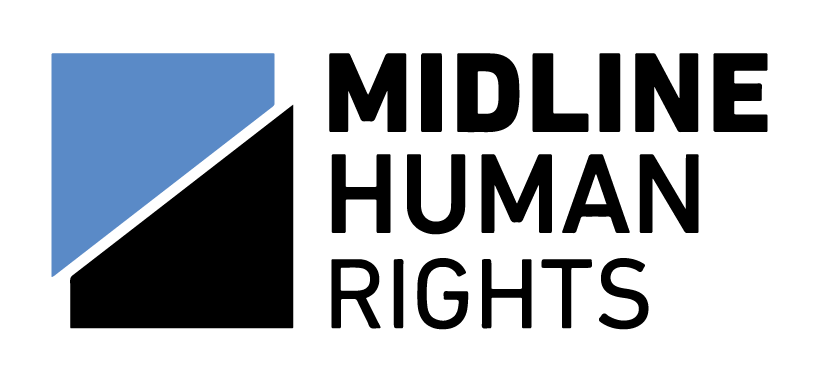Online and distance learning in primary and secondary education.
Problem the initiative aims to tackle:
During the Covid 19 pandemic all schools and educational institutions were forced into adopting online learning. While many schools proved their capacity in dealing with such a sudden change several problems arose, such as:
- Teachers and schools were unequipped with proper digital tools.
- Lack of guidance from the proper authorities.
- Data protection (information and exams leaking).
- Loss of teacher-student relationship.
- Internet connection was weak due to overload.
- Children rely on their parents first-hand when faced with a problem.
- Loss of extra-curricular activities.
- Loss of social benefits of being part of a school community.
Solutions:
- MHR suggests allowing more opportunities for Civil Society Organizations to enhance and consult educational institutions into bettering their environment.
- MHR suggests that each school/educational institution seeks a good data protection company to ensure no pirating or plagiarism.
- The EU should create a platform where all educators can communicate together about the problems that they face day-to-day and how to overcome them.
- While the classroom offers an opportunity for role-playing with immediate face-to-face feedback, online learning offers personalized, self-paced learning with components that lend themselves to interactive media such as skill-building, games, videos, tutorials, quizzes and social media components. That is why MHR recommends that all schools adopt blended learning.
Why blended learning?
Blended learning combines both online learning and face-to-face learning. It engages different types of learners, those who prefer independent computer based learning and those who prefer a structured environment with a face-to-face instructor.
The success of blended learning is due to 5 main reasons:
- Accounts for everyone: Blended learning takes into account all types of learners whether they prefer face-to-face learning or online learning or maybe even both. It also utilizes a variety of methodologies so the content can be customized to the learner.
- Lower in cost: In-class learning may seem cheaper than online learning, it is not. Based on a study made in 2015 whether blended learning is cheaper or not it proved that it costs 24% less to educate a student via the blended learning approach.
- Fun and engaging: Students reinforce what they learned through a variety of interactive media. An added benefit is that it updates the teachers on the student’s progress and their weak points that need working on.
- Learning trends and updates: Blended learning uses online and offline technologies allowing instructors to be up to date on teaching techniques and trends.
- Reach and personalization: Global organizations face the problem of making learning universal. Language interpretation and travelling are two concerns that could be addressed with blended learning.
- If all learners have different levels of understanding and expertise, then why force them into the same training program. Bear in mind that blended learning also offers a great opportunity for anyone who wants to learn, not just students, adults too. Blended learning creates a buffet-style approach allowing learners to choose when and how they interact with the subject.
Blended learning models:
- Rotation: Allows learners to rotate from one activity to the other on a fixed schedule where at least one activity is online and may sometimes be carried out in a lab. There are several forms of rotation like individual rotation which relies on each individual student’s schedule.
- Enriched virtual: It is an alternative to full-time online school that allows students to complete a majority of their coursework at home.
- A la carte: It enables students to take an online course in addition to other face-to-face courses. A la carte is often found in secondary education when schools cannot provide Advanced courses or elective courses.
- Gamification: Uses motivation as game play. By using points learners feel a sense of competition and in turn are more motivated to explore the subject on their own.
- Flex: In other terms personalized learning. Students control what they learn according to their needs and wants. The instructor is usually present as a mentor to answer questions.
- Flipped classroom: Students learn at home via online coursework and lectures whereas class time is used for teacher guided coursework and projects.
When you are teaching a diverse group, it is very hard to adopt one learning style or one certain technique that will suit everyone. But with blended learning it allows each person to personalize their subject matter for time consideration, personal preferences and learning techniques.




